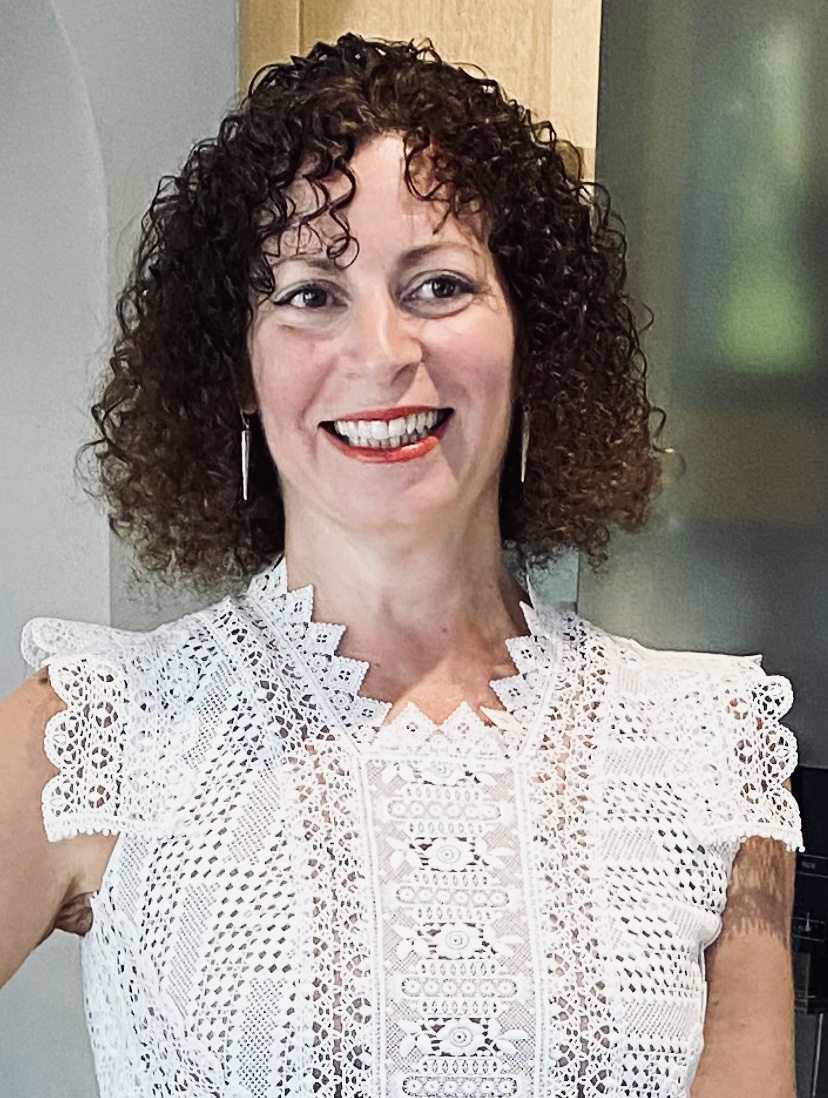While many careerists are still physically distancing from coworkers, running teams has become more complex. Managing others and maintaining momentum is working differently, and emotional equilibrium is more elusive for all of us than ever before. While technology is making productivity perfectly possible it can be more important than ever to to check in with colleagues in a way that really counts. But while team leads are all very human themselves, that texture of really connecting is also trickier to do when our only chance of locking eyes is via a screen not the coffee machine.
As so many of our everyday expectations have been shattered this year, I’m finding rich conversations hold more currency than ever. I’m a coach of course, which is all about the art of checking-in, repurposing perspectives that don’t serve and motivating, fast. But as my people are grappling with changing career landscapes or the overwhelm of days without the hard stops brought by their commute, to go with a never-ending stream of to-do’s, I have found a pattern that works. You don’t need to be a coach to adopt the idea of this conversational power tool and bookends.
Here’s some tips for getting to what’s actually going on for the people you work with in this new reality of ours. But first, I want you to take a beat and imagine the colleague beaming live on your screen, is sitting on a sofa with you instead. This is you consciously creating space for a conversation that counts. And likely a reminder to change gear and human first.
Next, it’s time to bring some conversational texture into the space.
1. I will never ask ‘how are you’ again. And neither should you. Why? Because it feels too cursory and triggers automated, empty responses.
2. All conversations need bookends. I have noticed a significant shift since I started coaching conversations with, ‘how are you feeling at the moment’? It provokes thought and invites meaningful responses that fast-track clarity around what we need to be sensitive to, reframe or problem-solve as we move into more action-oriented discussions about what’s on our plate.
3. I always end conversations asking what the most valuable take-away has been, but it is book-ending conversations with entry and exit questions that provides such a powerful container. How so? Because it puts a spotlight on feelings brought in and the progress of an invariably different perspective as we complete our conversation.
4. And here’s a conversational Power Tool for use on an as-needed basis. It is powerful when someone is in a stress spiral and ruminating, at the peak of frustration or getting stuck on a practical or emotional barrier they really need to get past to progress. I call it the AA Power Tool because you first Acknowledge what you’re seeing, and then move into Actionable ideas. Say someone expresses frustration and upset with an ongoing challenge. Listen first, then intrude with an acknowledgement ‘oh, this sounds relentless, poor you…,’ before moving into action fast, e.g. anything I can help with / do, or what could make this easier?
Your conversational partner will find the acknowledgement therapeutic, feel permission has been granted to ask for what they need, and gain psychological ownership of action steps.
It’s how to have a conversation that counts. Every. Single. Time. Try it. I dare you.


